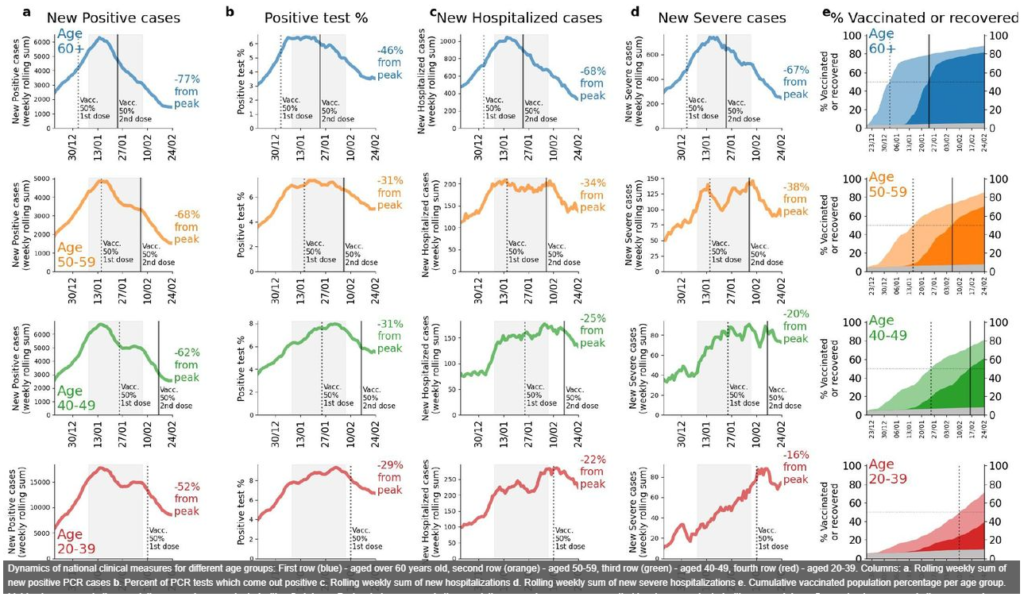Excerpt:
The recently signed American Rescue Plan designated about $7.5 billion of new money directly for the state’s government. Tens of billions of more federal dollars indirectly help the Illinois budget by assisting higher education, K-12 schools and municipalities. Direct aid to people and businesses also kept tax revenue flowing at far higher rates than initially projected.
In fact, federal money from the American Rescue Plan alone dwarfs the revenue lost to the state because of COVID and the lockdowns by a stunning 1665%, according to a Tax Foundation estimate.
It should be noted, however, that federal cash has been showered on the entire nation, where it needs it and not. The State of Wisconsin, for example, is getting $3.2 billion in direct money from the American Rescue Plan even though the state has a budget surplus. We are still waiting for a comprehensive analysis of all recent federal aid to determine whether Illinois got more than its fair share. Surprisingly, nobody seems to have offered one yet that includes all units of government and private sector assistance.
Author(s): Mark Glennon
Publication Date: 17 March 2021
Publication Site: Wirepoints


